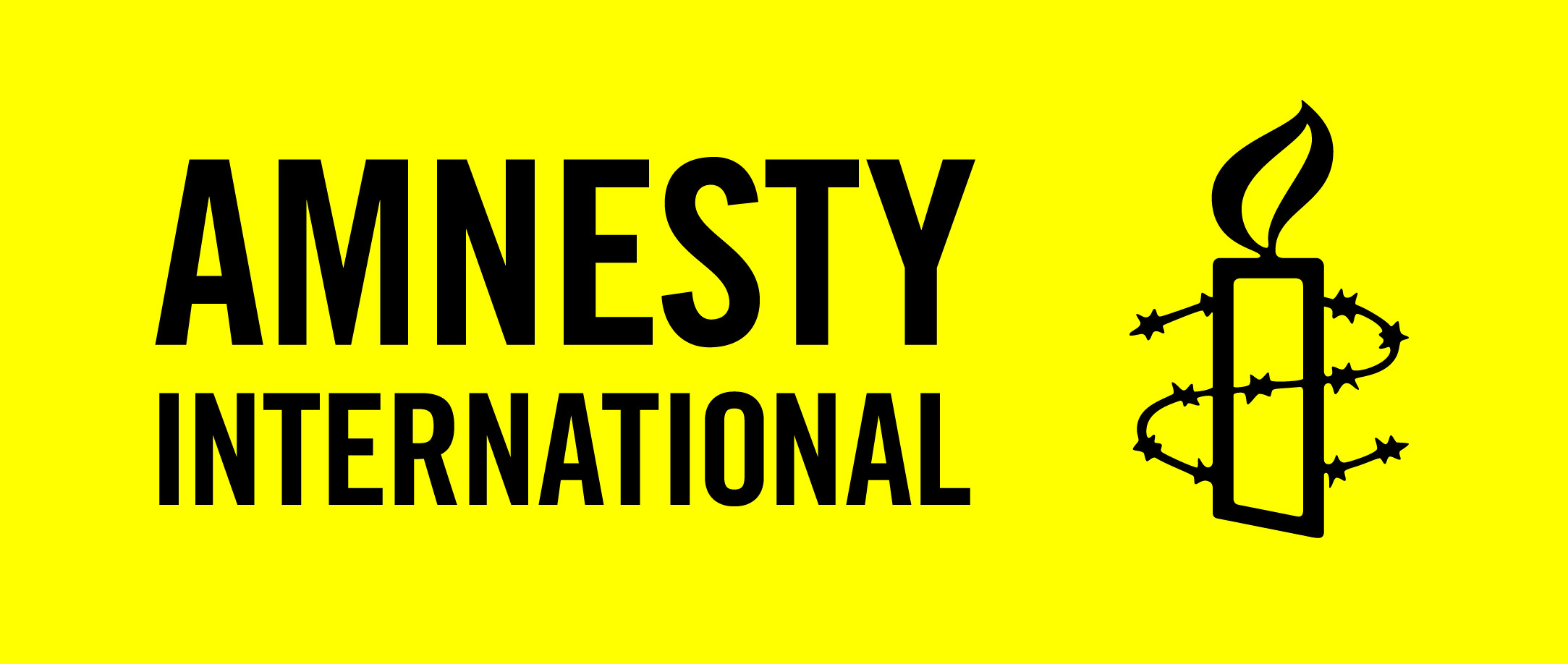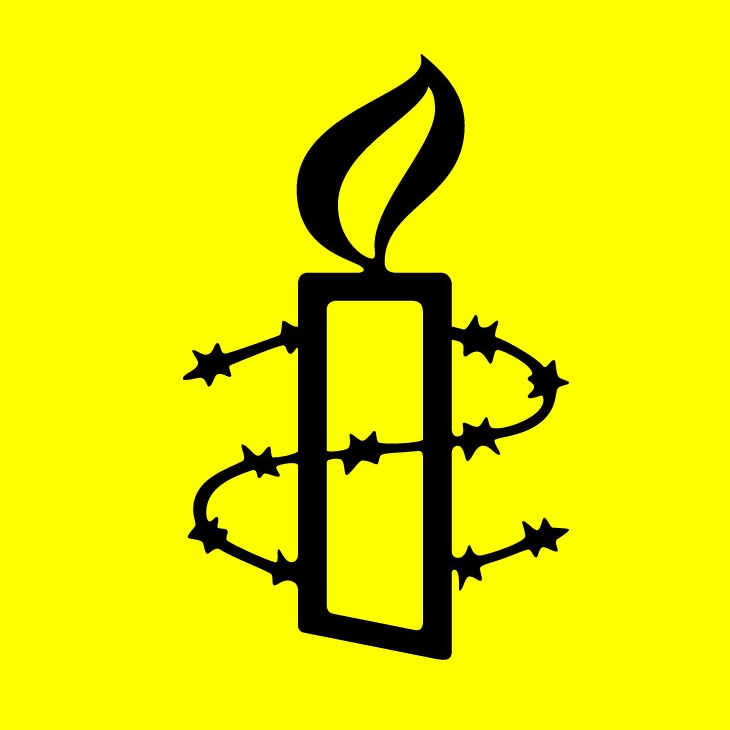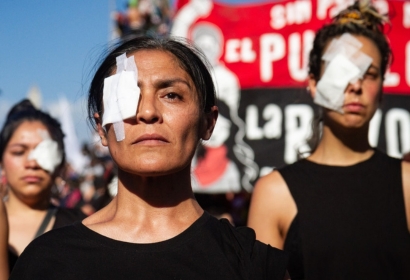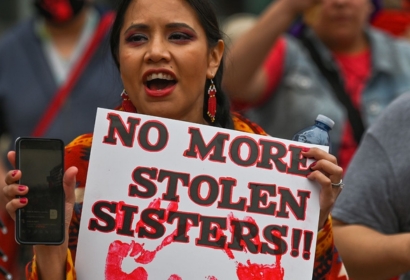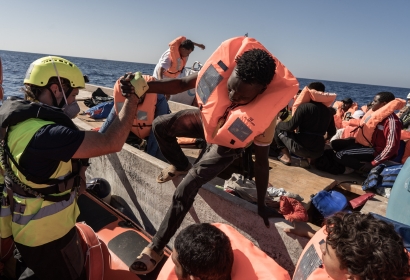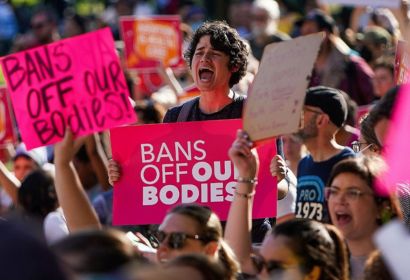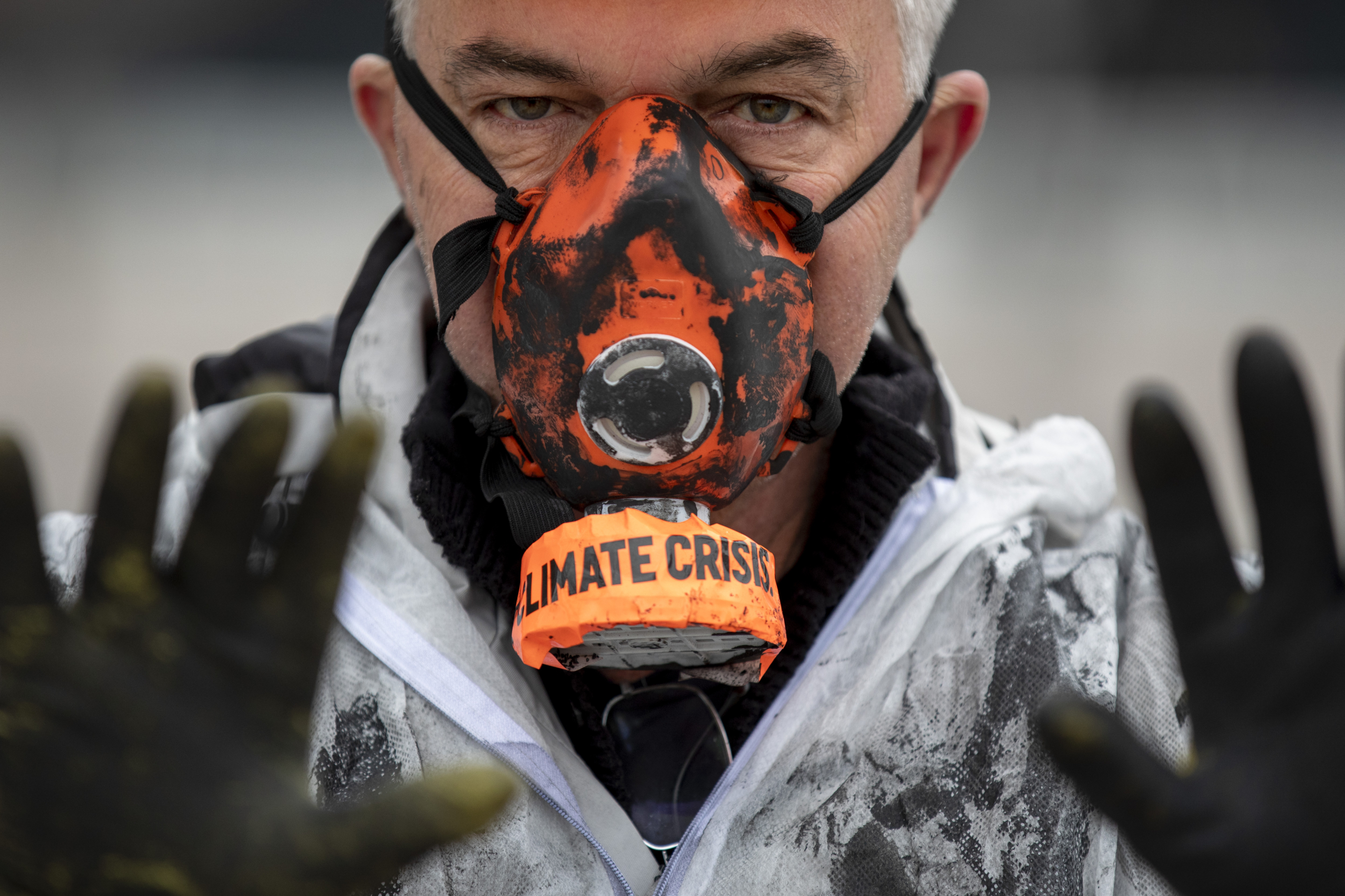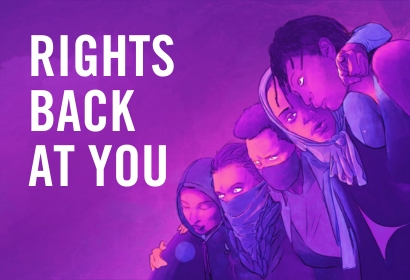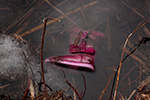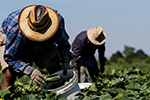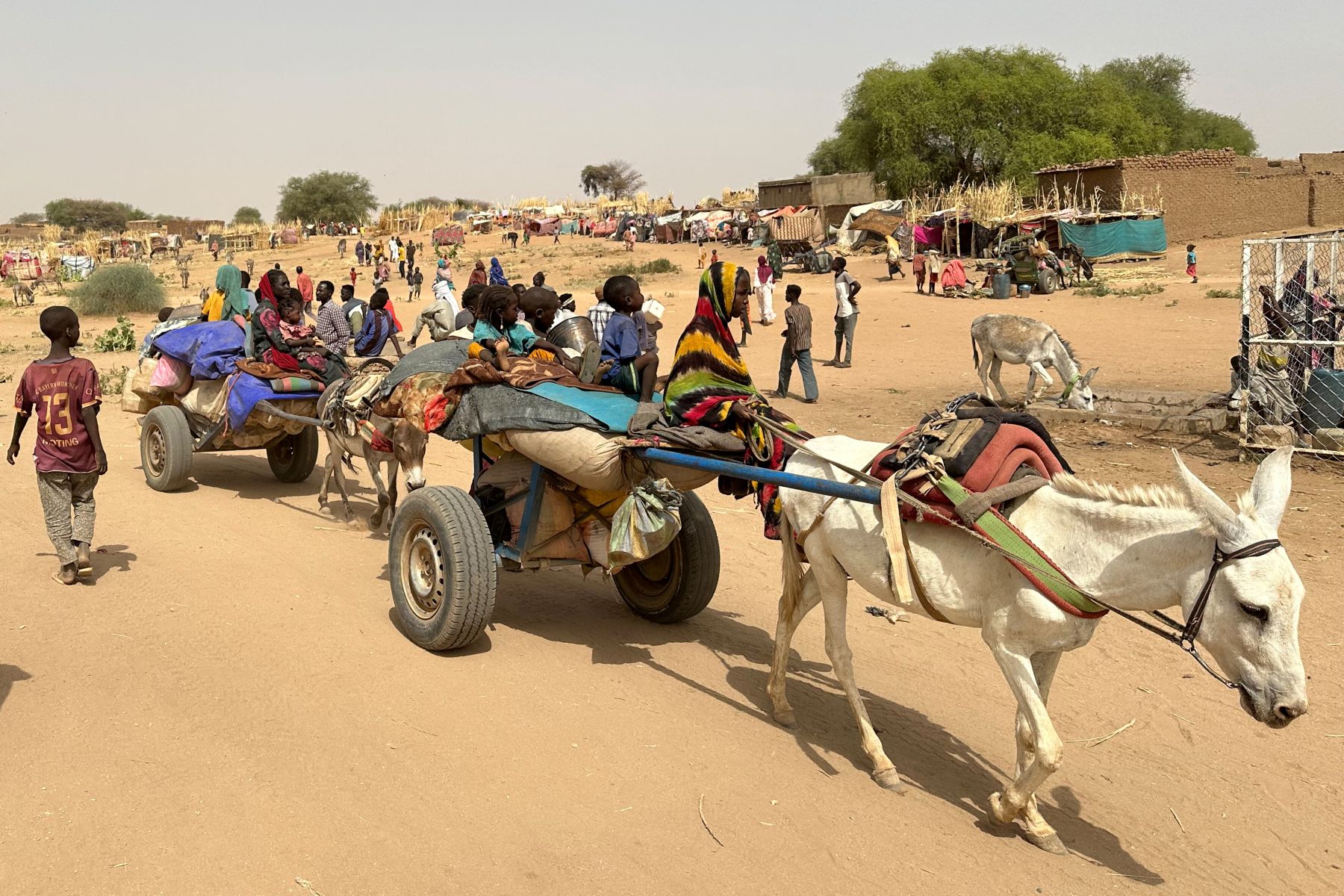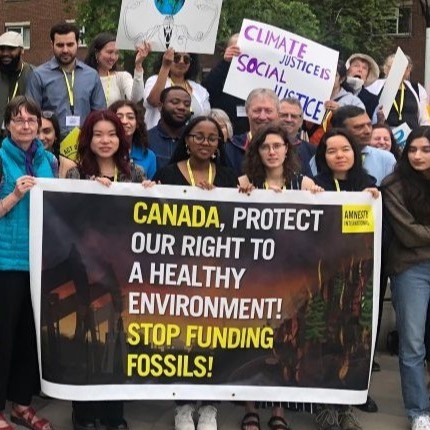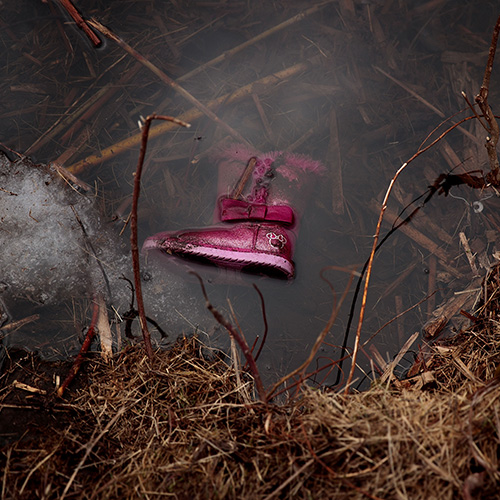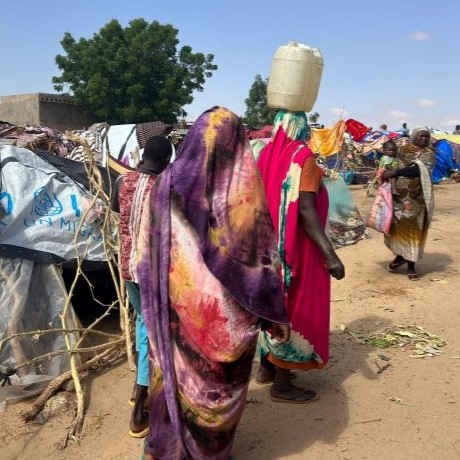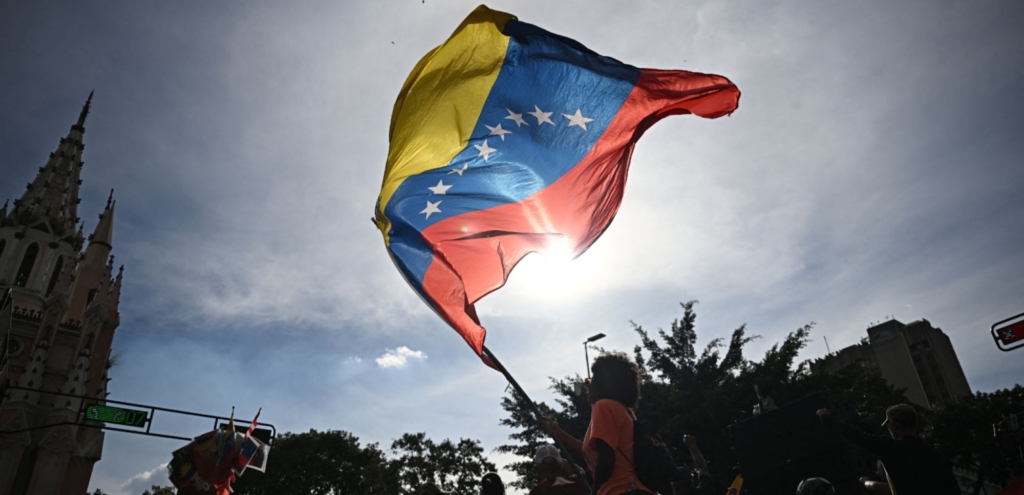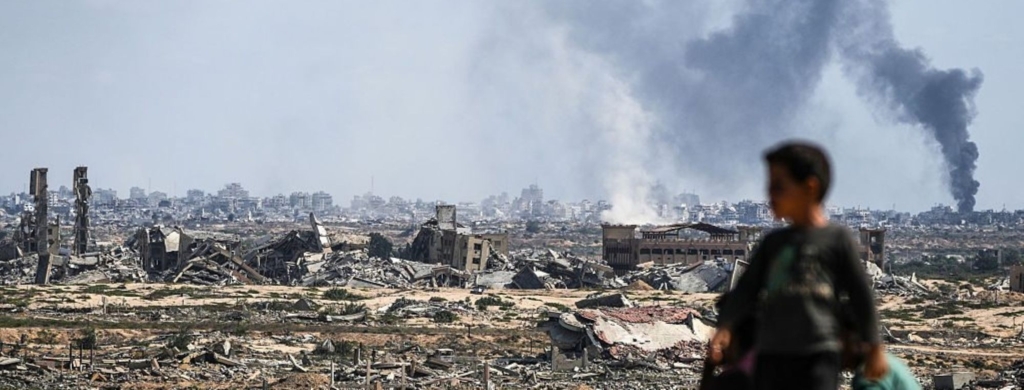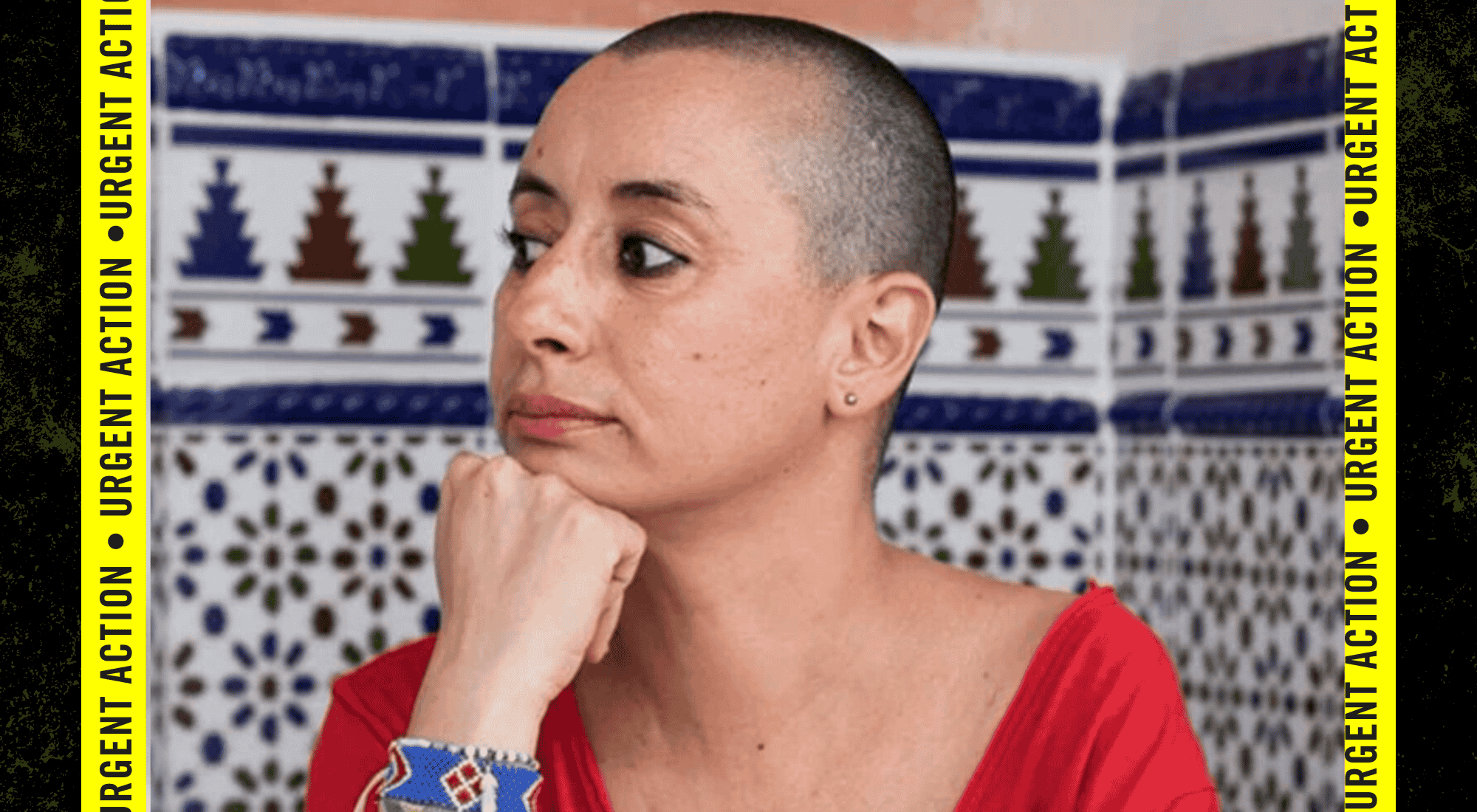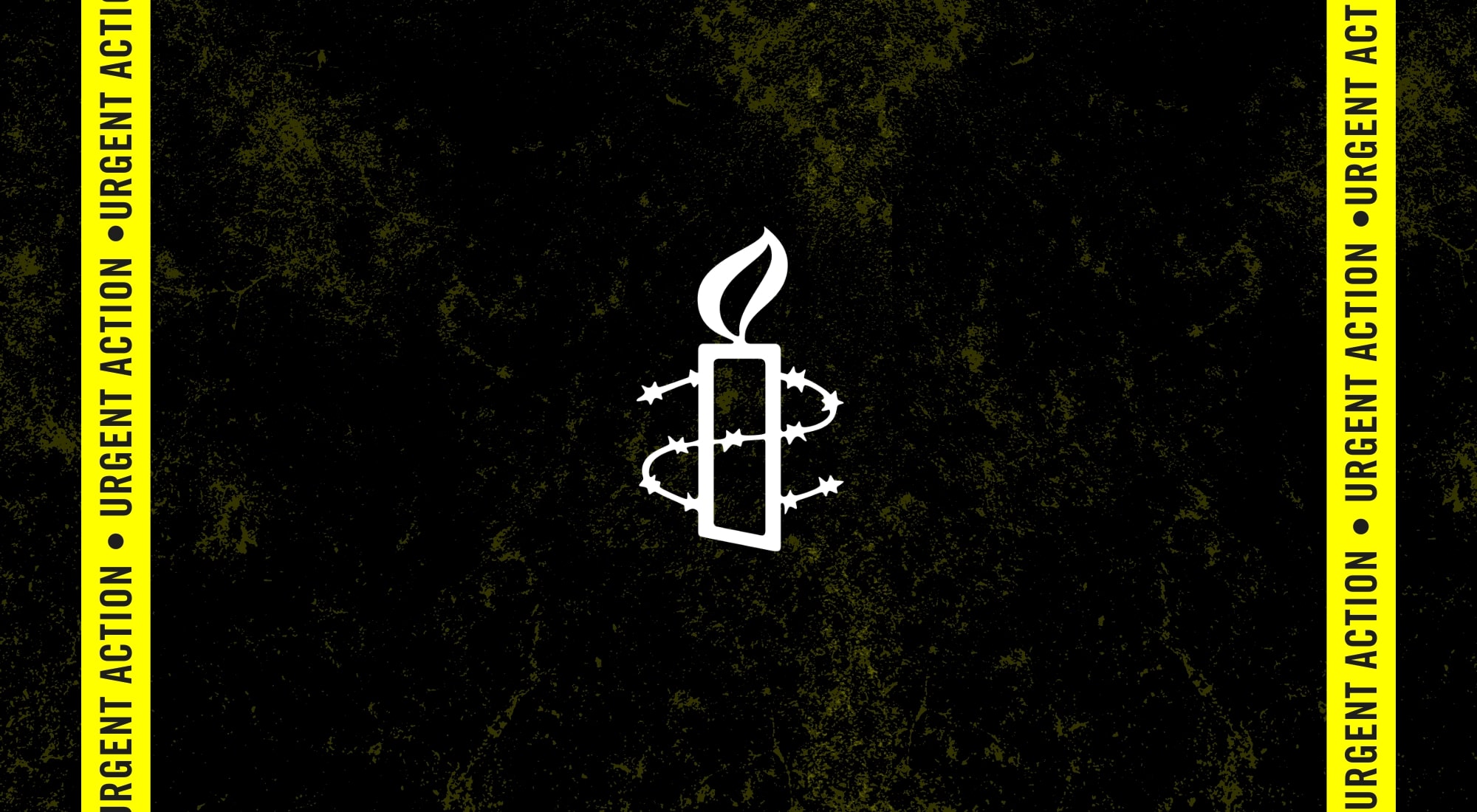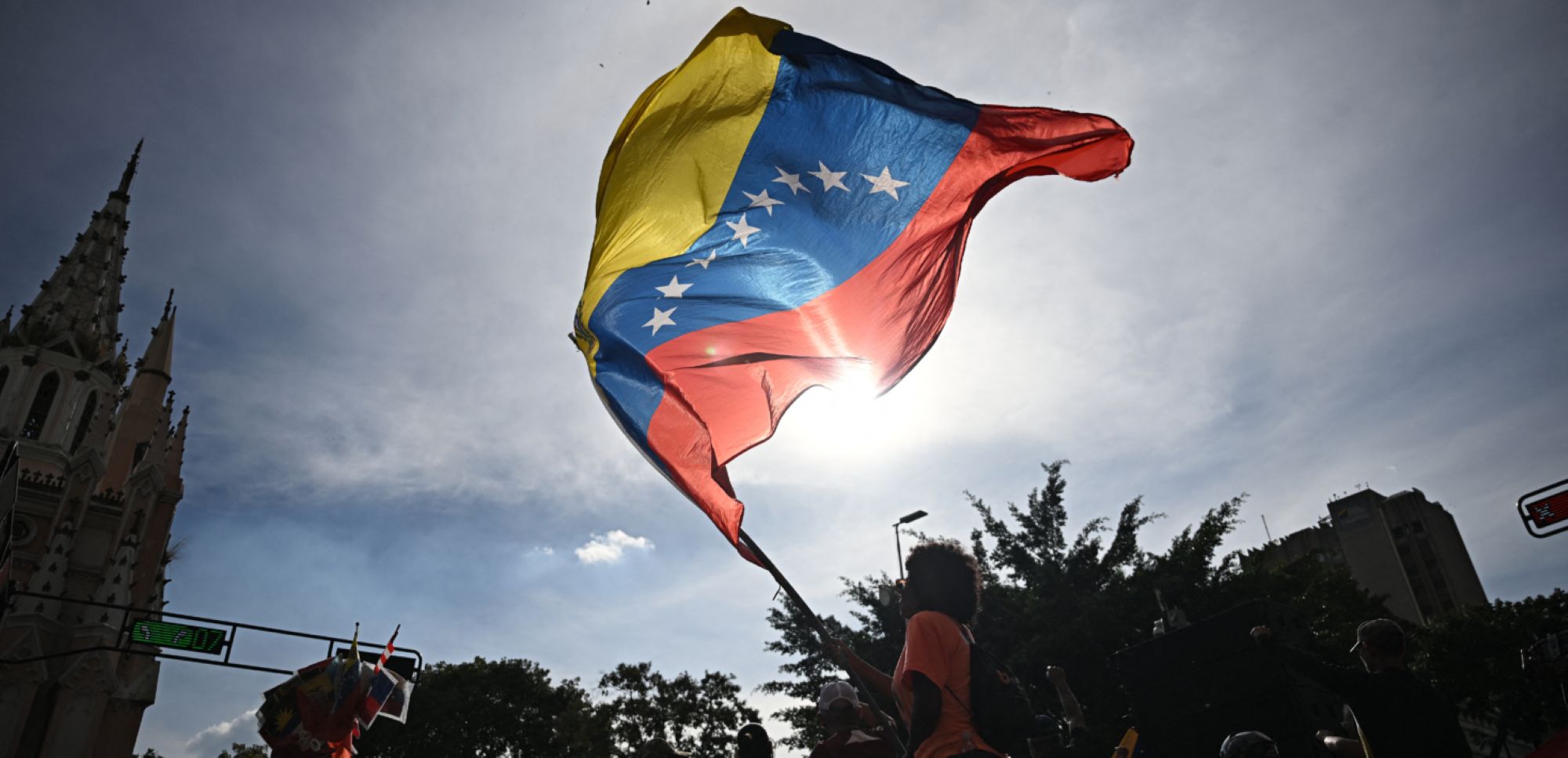Following the start of the rainy season in Sudan’s North Darfur region, Amnesty International’s Director for East and Southern Africa, Tigere Chagutah said:
“The rainy season is a terrifying prospect for many Sudanese who have fled fighting in North Darfur between armed groups. Internally displaced persons and refugees have told Amnesty International that they fear the coming rains will heighten the risk of diseases and make already dire conditions in their areas even worse. They are desperate for food, including seeds to plant ahead of the rains, water and medical services. Adequate shelter also remains a major concern. One 90-year-old woman told us that she didn’t have any proper shelter and was living under the trees. Others are in similar situations.
“To stop this humanitarian emergency from spiraling further, parties to the armed conflict must facilitate rapid, unconditional and safe access to humanitarian aid, and end all attacks on humanitarian objects and personnel.
“Sudan is the world’s largest displacement and humanitarian crisis, yet the humanitarian response for 2025 is grossly underfunded. This will go down in history as an abject failure unless Sudan’s international partners rise to the occasion and increase emergency funding for the humanitarian response in Sudan, as well as for Sudanese refugees. More must be done to save lives. The international community cannot afford to look away.”
Background to the conflict in Sudan
Since the latest armed conflict broke out in Sudan in April 2023, over 11 million people have fled their homes. Displaced persons live in dire conditions in Sudan, including in Darfur, one of the regions most severely affected by fighting, as well as other countries. Cases of cholera outbreak are already being reported in North Darfur.
Parties to the conflict continue to impede humanitarian access and attack humanitarian objects and personnel. Diplomatic efforts have so far failed to ensure sufficient humanitarian aid to a suffering population.
The rainy season in Darfur typically lasts from June to September. In April, MSF already warned that the rainy season threatened to worsen the ongoing malnutrition crisis. In August 2024, the UN confirmed famine conditions in Zamzam camp and identified 13 other areas at risk of famine.
Header image: People who fled the Zamzam camp for the internally displaced after it fell under RSF control, arrive with their belongings on donkey carts to a makeshift encampment in an open field near the town of Tawila in war-torn Sudan’s western Darfur region on April 13, 2025. Photo by -/AFP via Getty Images.
